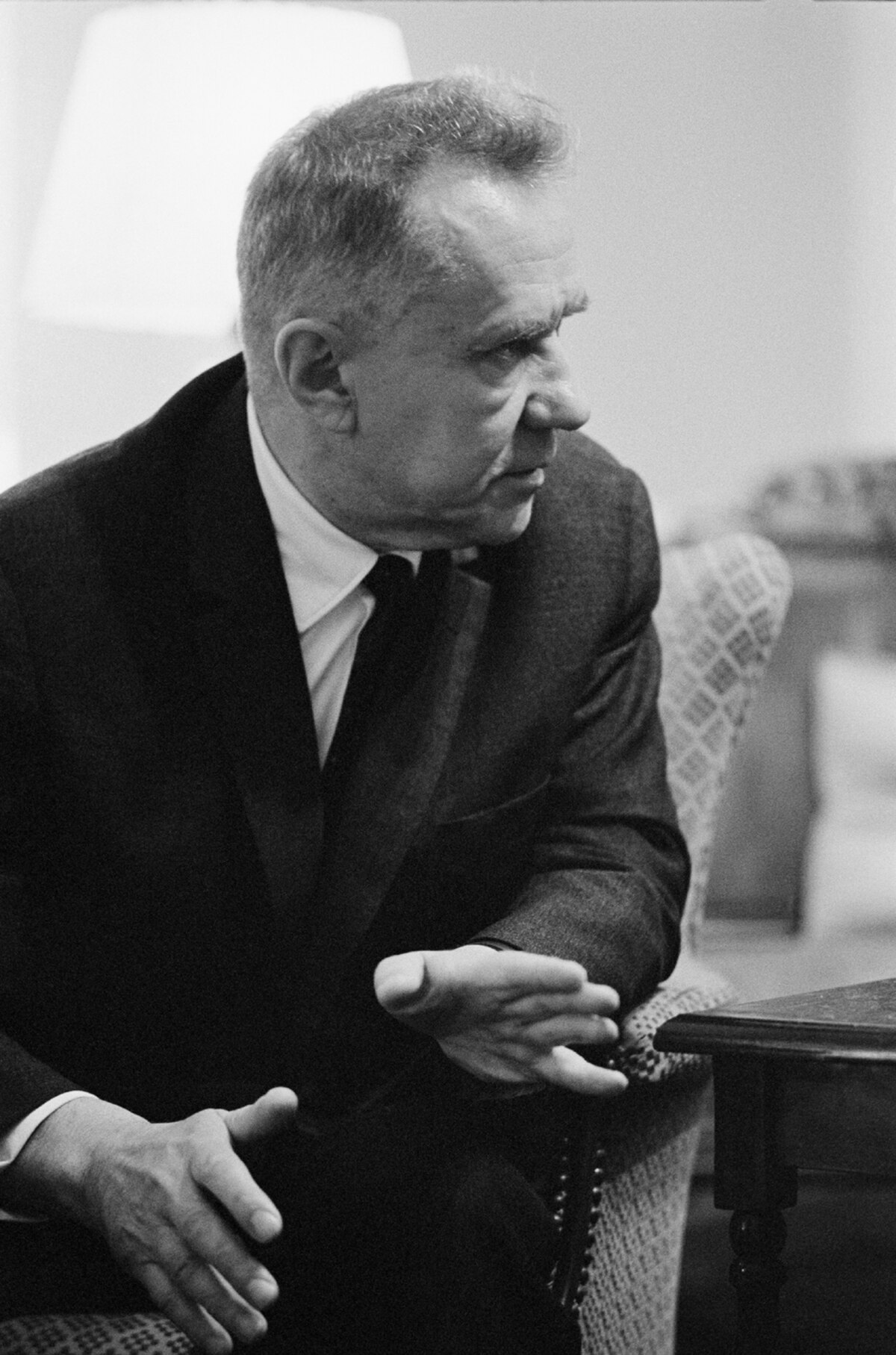
Era of Stagnation
RussiaThe Brezhnev Era (1964–1982) began with high economic growth and soaring prosperity, but gradually significant problems in social, political, and economic areas accumulated. Social stagnation began following Brezhnev's rise to power, when he revoked several of Khrushchev's reforms and partially rehabilitated Stalinist policies. Some commentators regard the start of social stagnation as being the Sinyavsky–Daniel trial in 1966, which marked the end of the Khrushchev Thaw, while others place it at the suppression of the Prague Spring in 1968. The period's political stagnation is associated with the establishment of gerontocracy, which came into being as part of the policy of stability.
The majority of scholars set the starting year for economic stagnation at 1975, although some claim that it began as early as the 1960s. Industrial growth rates declined during the 1970s as heavy industry and the arms industry were prioritized while Soviet consumer goods were neglected. The value of all consumer goods manufactured in 1972 in retail prices was about 118 billion roubles. Historians, scholars, and specialists are uncertain what caused the stagnation, with some arguing that the command economy suffered from systemic flaws that inhibited growth. Others have argued that the lack of reform, or the high expenditures on the military, led to stagnation.
Brezhnev has been criticised posthumously for doing too little to improve the economic situation. Throughout his rule, no major reforms were initiated and the few proposed reforms were either very modest or opposed by the majority of the Soviet leadership. The reform-minded Chairman of the Council of Ministers (Government), Alexei Kosygin, introduced two modest reforms in the 1970s after the failure of his more radical 1965 reform, and attempted to reverse the trend of declining growth. By the 1970s, Brezhnev had consolidated enough power to stop any "radical" reform-minded attempts by Kosygin.
After the death of Brezhnev in November 1982, Yuri Andropov succeeded him as Soviet leader. Brezhnev's legacy was a Soviet Union that was much less dynamic than it had been when he assumed power in 1964. During Andropov's short rule, modest reforms were introduced; he died little more than a year later in February 1984. Konstantin Chernenko, his successor, continued much of Andropov's policies. The economic problems that began under Brezhnev persisted into these short administrations and scholars still debate whether the reform policies that were followed improved the economic situation in the country.
The Era of Stagnation ended with Gorbachev's rise to power during which political and social life was democratised even though the economy was still stagnating. Under Gorbachev's leadership the Communist Party began efforts to accelerate development in 1985 through massive injections of finance into heavy industry (Uskoreniye). When these failed, the Communist Party restructured (perestroika) the Soviet economy and government by introducing quasi-capitalist (Khozraschyot) and democratic (demokratizatsiya) reforms. These were intended to re-energize the Soviet Union but inadvertently led to its dissolution in 1991.
